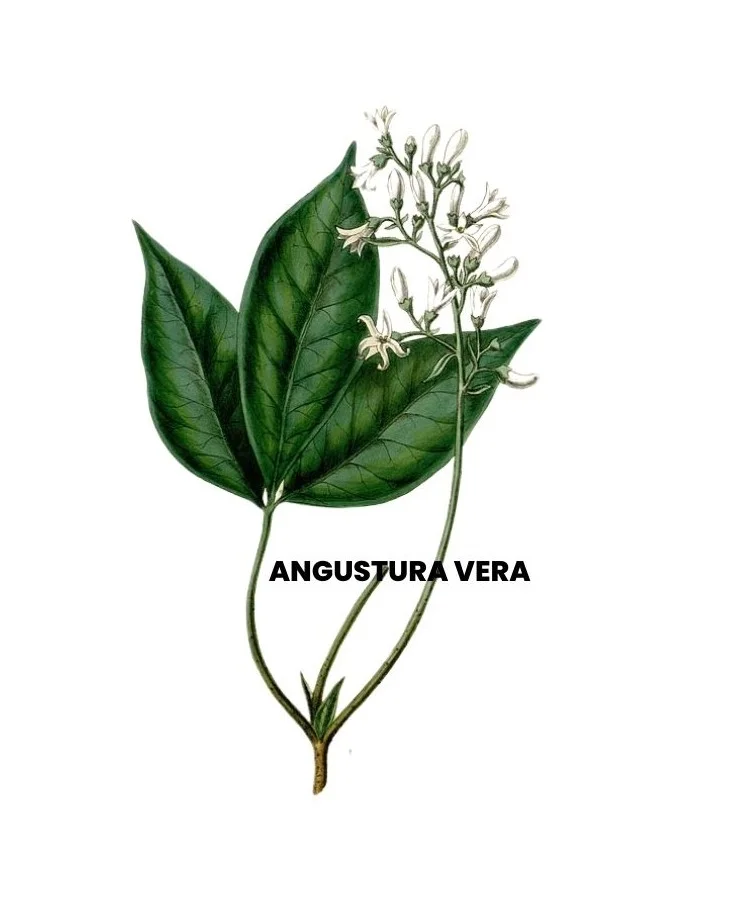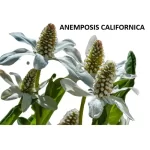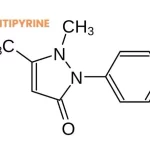
Angustura Vera is a homeopathic remedy derived from the bark of Galipea Cusparia.
It is primarily known for its effectiveness in treating rheumatic and paralytic complaints, particularly those involving difficulty in walking.
This remedy is characterized by oversensitivity, stiffness of muscles and joints, and a notable craving for coffee.
Table of Contents
ToggleSOURCE INFORMATION
Galipea cusparia, commonly known as Angostura or Angostura bark, is a plant species native to South America. Let’s delve deeper into its botanical classification and characteristics:
- Kingdom: Plantae
- Phylum: Angiosperms
- Class: Eudicots
- Order: Sapindales
- Family: Rutaceae
- Genus: Galipea
- Species: Galipea cusparia
Galipea cusparia is a small to medium-sized tree that typically grows to a height of 6-12 meters.
It features dark green, glossy leaves that are arranged alternately along the branches.
The tree produces small, fragrant white flowers that bloom in clusters.
The fruit of Galipea cusparia is a small, round capsule containing several seeds.
This species is native to the tropical regions of South America, including Venezuela, Brazil, and Colombia.
It is often found growing in moist, lowland forests and along riverbanks.
PRINCIPAL ACTION
Angustura Vera primarily acts on spinal motor nerves and mucous membranes. It is known for its effectiveness in addressing rheumatic and paralytic conditions.
KEY SYMPTOMS
MUSCULOSKELETAL ISSUES
- Great difficulty in walking
- Angustura Vera manifests with significant challenges in walking, indicating impairment in motor function and mobility.
- Crackling in all joints
- Patients experience audible crackling sounds in their joints, suggesting a potential involvement of synovial fluid or joint surfaces.
- Stiffness and tension of muscles and joints
- The remedy induces a sensation of tightness and rigidity in both muscles and joints, possibly leading to restricted movement.
- Pain in limbs on walking
- Walking triggers pain in the limbs, indicating discomfort associated with movement, possibly in the muscles or joints.
- Caries (decay) of long bones
- Angustura Vera is linked to the decay or degeneration of long bones, implying a potential impact on the skeletal structure.
HEAD AND FACE
- Oversensitive head
- Individuals may experience heightened sensitivity in the head, suggesting an increased response to external stimuli.
- Headache with heat of face
- Headaches coincide with a sensation of facial warmth, indicating a possible connection between the two symptoms.
- Acute pain in cheeks
- Sharp and severe pain is localized in the cheeks, contributing to the overall discomfort experienced by the individual.
- Drawing in facial muscles
- The remedy causes a pulling or tightening sensation in the facial muscles, leading to a distinct and uncomfortable feeling.
- Pain in temporal muscles and jaw articulation
- Pain is felt in the temporal muscles and the articulation of the jaw, potentially affecting activities like chewing, and speaking.
- Cramp-pain on the zygomatic arch
- The zygomatic arch, or cheekbone, experiences cramp-like pain, adding to the range of facial discomfort associated with this remedy.
DIGESTIVE SYSTEM
- Bitter taste
- Individuals may perceive a bitter taste in the mouth, influencing their sense of taste and potentially affecting appetite.
- Irresistible desire for coffee
- A distinctive symptom is an intense craving for coffee, indicating a unique connection between the remedy and this specific desire.
- Pain from the navel into the sternum
- Pain extends from the navel to the sternum, possibly indicating gastrointestinal distress or discomfort.
- Atonic dyspepsia
- Angustura Vera is associated with atonic dyspepsia, suggesting weakened digestive processes and associated symptoms.
- Belching, with cough
- Belching occurs simultaneously with coughing, indicating a potential interplay between digestive and respiratory symptoms.
ABDOMINAL ISSUES
- Diarrhoea and colic
- The remedy induces episodes of diarrhoea accompanied by colicky abdominal pain, contributing to gastrointestinal distress.
- Tenesmus with soft stool
- Tenesmus, or the persistent urge to defecate, is experienced alongside the passage of soft stools.
- Chronic diarrhoea, with debility and loss of flesh
- Prolonged diarrhoea contributes to chronic weakness and a decline in overall body weight.
- Burning in the anus
- Patients may experience a burning sensation in the anus, potentially associated with inflammation or irritation.
BACK AND EXTREMITIES
- Itching along the back
- Itching sensations manifest along the back, indicating a potential dermal or neurological component.
- Pain in cervical vertebra
- Pain is localized in the cervical vertebrae, potentially affecting neck mobility and causing discomfort.
- Drawing in the neck
- A sensation of pulling or drawing is experienced in the neck, contributing to muscular discomfort.
- Pain in the spine, especially at the nape and sacrum
- Pain is concentrated in the spine, specifically at the nape and the sacrum, indicating potential spinal involvement.
- Twitching and jerking along the back
- Involuntary muscle movements, such as twitching and jerking, occur along the back, suggesting potential neuromuscular irritability.
- Arms tired and heavy
- The arms exhibit sensations of fatigue and heaviness, potentially affecting daily activities.
- Coldness of fingers
- The remedy induces a sensation of coldness in the fingers, potentially associated with circulatory issues.
- Pain in knees
- Pain is localized in the knees, affecting joint mobility, and potentially contributing to discomfort.
- Cracking in joints
- Joints produce cracking sounds, indicating possible issues with joint surfaces or lubrication.
SKIN ISSUES
Caries, leading to very painful ulcers affecting the bone
- Angustura Vera is associated with the development of caries, resulting in the formation of highly painful ulcers that impact the underlying bone structure.
RELATIONSHIPS
- Comparable to Nux, Ruta, Mercur, and Brucea.
- Bark of Nux vomica or angustura falsa is a comparative remedy.
DOSING
The recommended potency is the sixth, administered in homeopathic practice.
FREQUENTLY ASKED QUESTIONS
- What are the primary indications for using Angustura Vera?
- Angustura Vera is indicated for conditions involving rheumatic and paralytic complaints, stiffness in muscles and joints, and a distinct craving for coffee.
- How does Angustura Vera affect the digestive system?
- It may result in a bitter taste, an irresistible desire for coffee, pain from the navel into the sternum, and atonic dyspepsia.
- What musculoskeletal issues can Angustura Vera address?
- It is beneficial for difficulty in walking, crackling in joints, stiffness, and tension in muscles and joints, along with pain in limbs on walking.
- Are there any notable effects on the skin?
- Angustura Vera is associated with caries, leading to painful ulcers that affect the bone.
- What is the recommended dosage for Angustura Vera?
- The sixth potency is commonly used in homeopathic practice.
This drug picture provides an overview of Angustura Vera, its key symptoms, actions, and common questions related to its use.













Leave a Reply